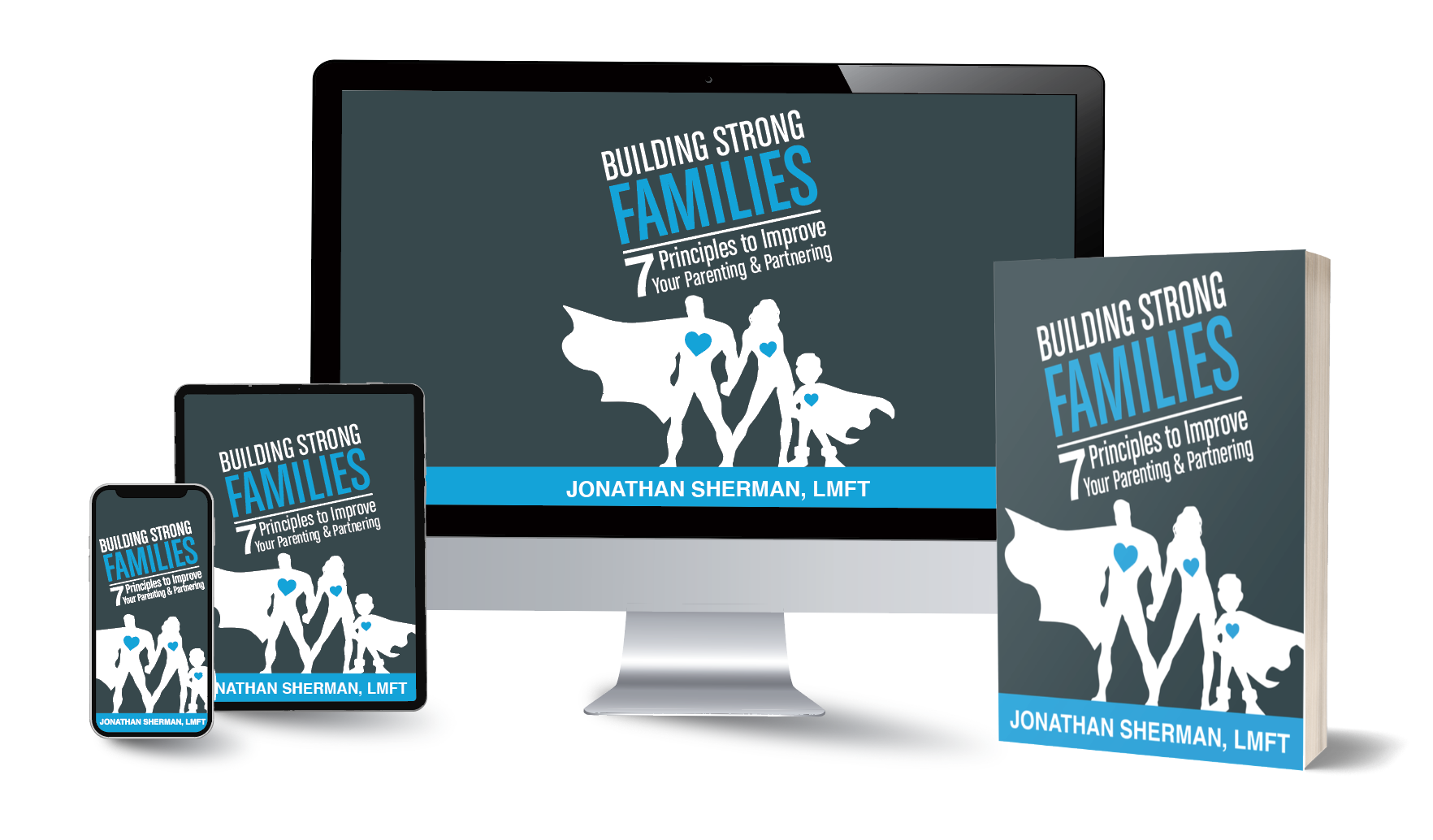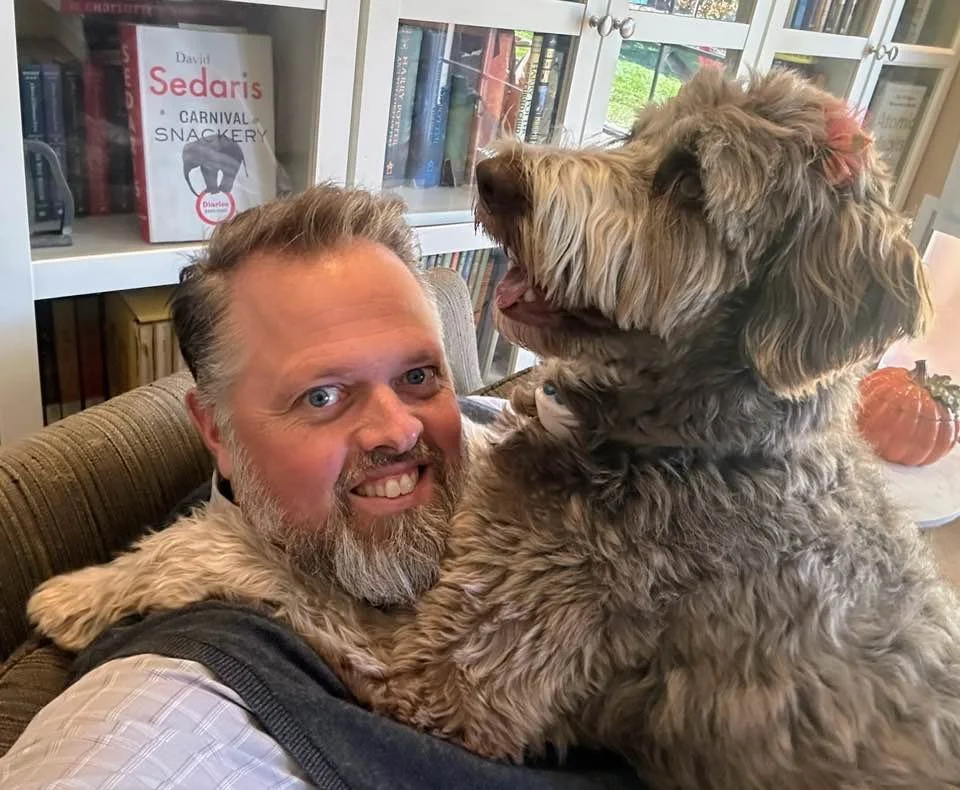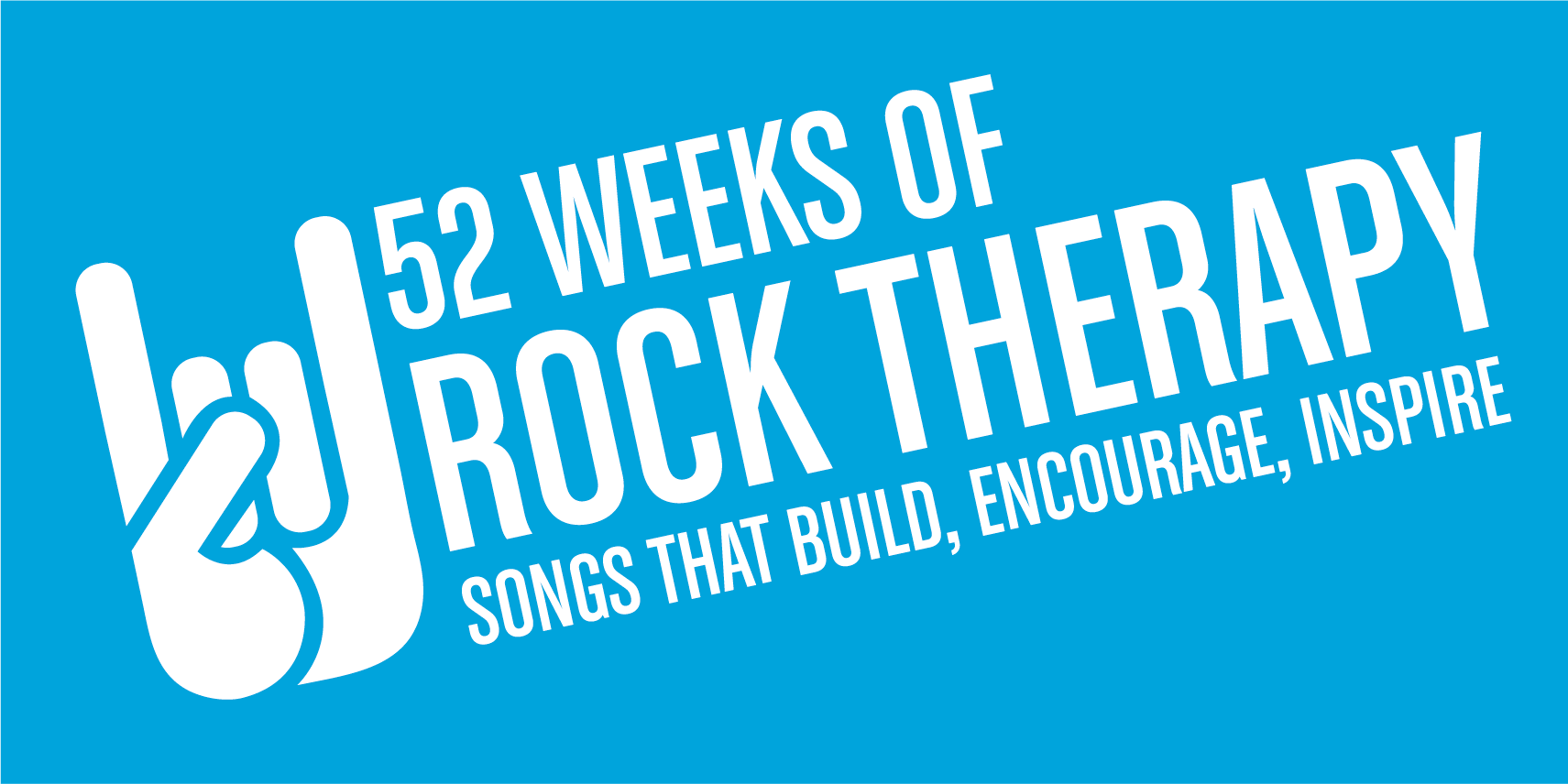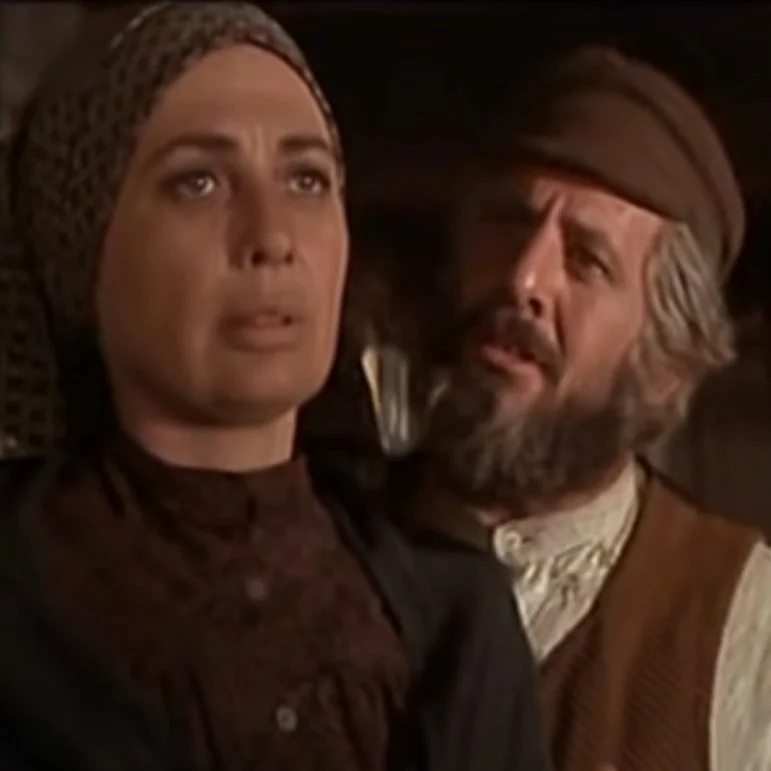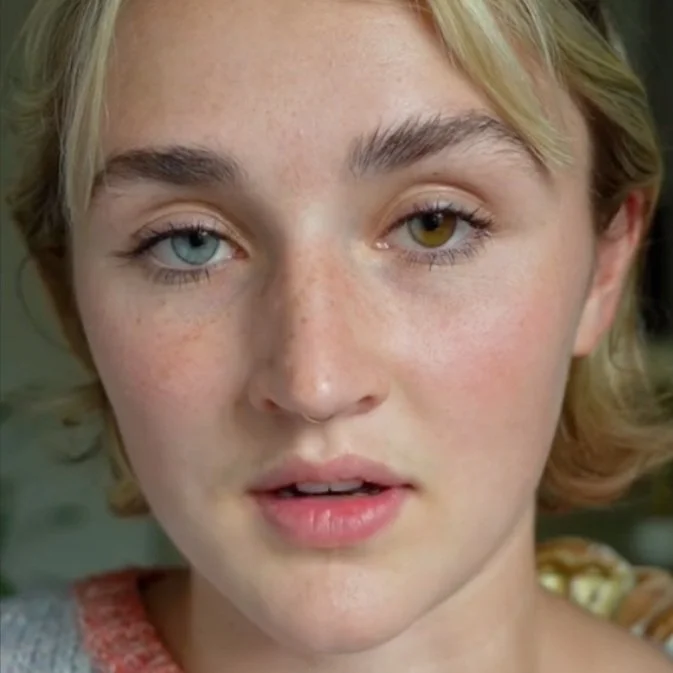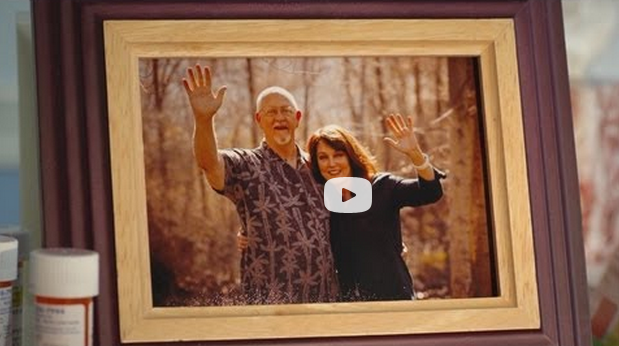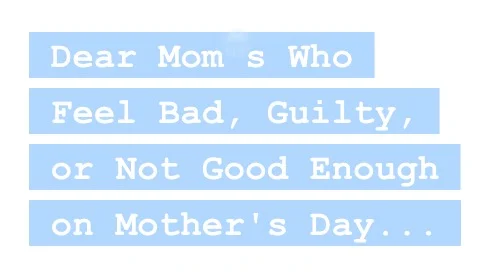18/52 Rock Therapy: 7 CBT Lessons from "Help Is On Its Way" by The Little River Band
/I love music (duh, who doesn't?!) because so much can be said in so few words. And music carries those words deeper than the words can by themselves. Let’s use this song to do a little rock therapy to help with anxiety…
1. No hurry, no worry. Practice "thought-stopping"
When we worry, we trigger anxiety, which triggers adrenaline, which in turn triggers the fight/flight reaction. This quick and powerful cascade of thought to emotion to physical reaction is called the "emotional hijack."
This song begins by doing a simple cognitive-behavioral therapy (CBT) technique of examining one's thinking—thought-stopping.
"Why are you in so much hurry?"
"Is it really worth the worry?"
These simple questions create what I call “cognitive speed bumps.” They kind of force our thoughts to question their own selves, which creates a bit of dissonance like this:
"I'm worrying. That's obvious. And I'm worrying about all of these things, of course! ...
But, what? Huh? What do you mean, why am I in such a hurry?
Because I just am!
But why?
Hmmm...
Wait, are you saying I don't 'have to' be in such a hurry?
That sounds like you might be proposing there may be another option to hurry and worry?
Hmmmm... well, if that's the case, then maybe I don't have to feel this way...
I don't know, because clearly I AM feeling this way, and it's pretty darn real how I'm feeling...
…but what if I could feel different...?
Hmmm...."
"Why?" and "Is it really worth...?" are inquisitives that force us to think deeper than our current reactive emotional thinking. They force us to examine what's really going on, and does the level of emotional worry being expended truly match the rational reality of what is occurring?
Thus, hitting a cognitive speed bump, we are snapped into a sharpened awareness that maybe we're moving too fast emotionally, and we better slow down.
2. Use mindfulness to re-group
"Look around"
then
"Slow down"
3. Challenge thinking errors
“What's it like inside the bubble?
Does your head ever give you trouble?”
What is "the bubble"? The bubbles are the various ways we get stuck in our thinking and where our head gives us trouble. Bubble examples are:
"Black and white" thinking is thinking in absolutes: "Always," and "Never"
Limited thinking: "This is the only way I can think/feel/be," “What else was I supposed to think/feel/do?!” etc.
Catastrophizing: "This is the worst thing ever." "I'm dying!" "This is killing me!"
Overgeneralizing
Negative self-talk: "I'm such an idiot." "I never get it right." "I'm never good enough." "I'm just a worthless piece of..."
4. Trade out fault thinking
“It's no sin, trade it in”
"It's no sin..." means it's okay to get rid of old ways of thinking that no longer work. The limiting and self-damaging beliefs aren't sacred cows that you will "sin" by challenging, questioning, and even abandoning. I am frequently amazed (and saddened) by how often people zealously hang on to deeply held negative beliefs about themselves in spite of how much they hate feeling that way.
So, yes, PLEASE(!!!) "trade it in" for kinder, gentler, more compassionate and more effective ways of thinking, such as:
"Yep, I screwed that one up. But I'm a smart, good person. Knowing me, I'll figure it out and do better next time."
"Of course, I feel this way. Who wouldn't? Sheesh, I'm allowed to be upset, sad, worried, confused. So I'll give myself some time to just feel what I need to feel. I'll take a break and get back in the game in a bit..."
5. Hope IS a strategy
A respected colleague once told me, "Hope is not a strategy." And her point was a good one: just hoping things will get better doesn't make things better—one has to act, and action is the strategy. And, from that point of view, I wholeheartedly agree. However, from another point of view, there are times when hope IS a strategy, like in this song:
"Hang on, help is on its way" is a message of hope.
Years ago, at a therapy conference, I heard the solution-focused therapist and researcher Michele Weiner-Davis refer to herself as a "hope-monger." I immediately thought, "That's me! I want to be that kind of person who, in the face of impossible odds, believes in the underdog and finds creative solutions where none seem possible."
6. So hang on.
"'Hang on,' a tiny voice did say
From somewhere deep inside”
Call it intuition, the survival instinct, the Spirit, "the still, small voice,” your gut, your true/best self, inner wisdom, God, a higher power, whatever, but when we slow down enough to hear that "somewhere deep inside" our inner selves there's something very human about hanging on, persevering, and surviving. And it's not just positive thinking. The truth is that often things do get better, and hanging on isn't just hopeful, it's a smart strategy to get us through until that time it is better.
7. Sort out the illusion confusion
“Are you always in confusion?
Surrounded by illusion?
Sort it out, you'll make out.”
“Clarity cuts through confusion,” and “Stay clear!” I frequently remind my clients. Be clear about what’s real, who you really are, and what you’re really about. Don’t get confused by messages that say otherwise. Those are the illusions that cause confusion.
"Help Is On Its Way"
The Little River Band
Why are you in so much hurry
Is it really worth the worry
Look around
Then slow down
What's it like inside the bubble
Does your head ever give you trouble
It's no sin
Trade it in
CHORUS:
Hang on, help is on its way
I'll be there as fast as I can
Hang on, a tiny voice did say
From somewhere deep inside the inner man
Are you always in confusion
Surrounded by illusion
Sort it out
You'll make out
Seem to make a good beginning
Someone else ends up winning
Don't seem fair
Don't you care
CHORUS
Don't you forget who'll take care of you
It don't matter what you do
Form a duet, let him sing melody
You'll provide the harmony
Why are you in so much hurry
Is it really worth the worry
Look around
Then slow down
What's it like inside the bubble
Does your head ever give you trouble
It's no sin
Trade it in
CHORUS (x2)


